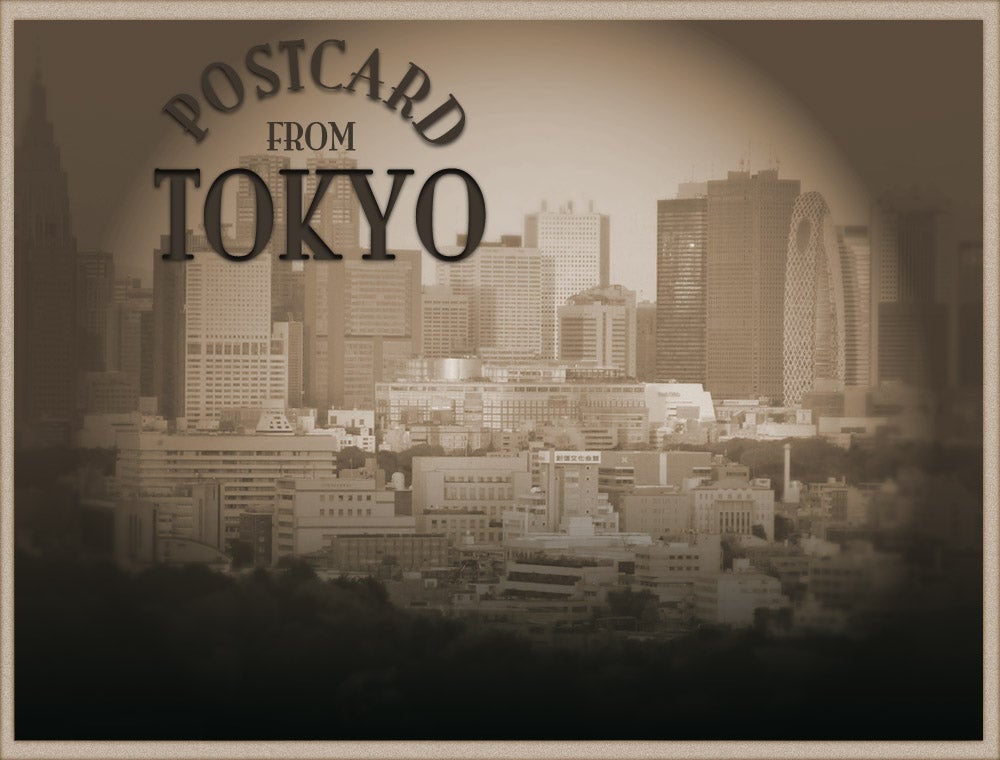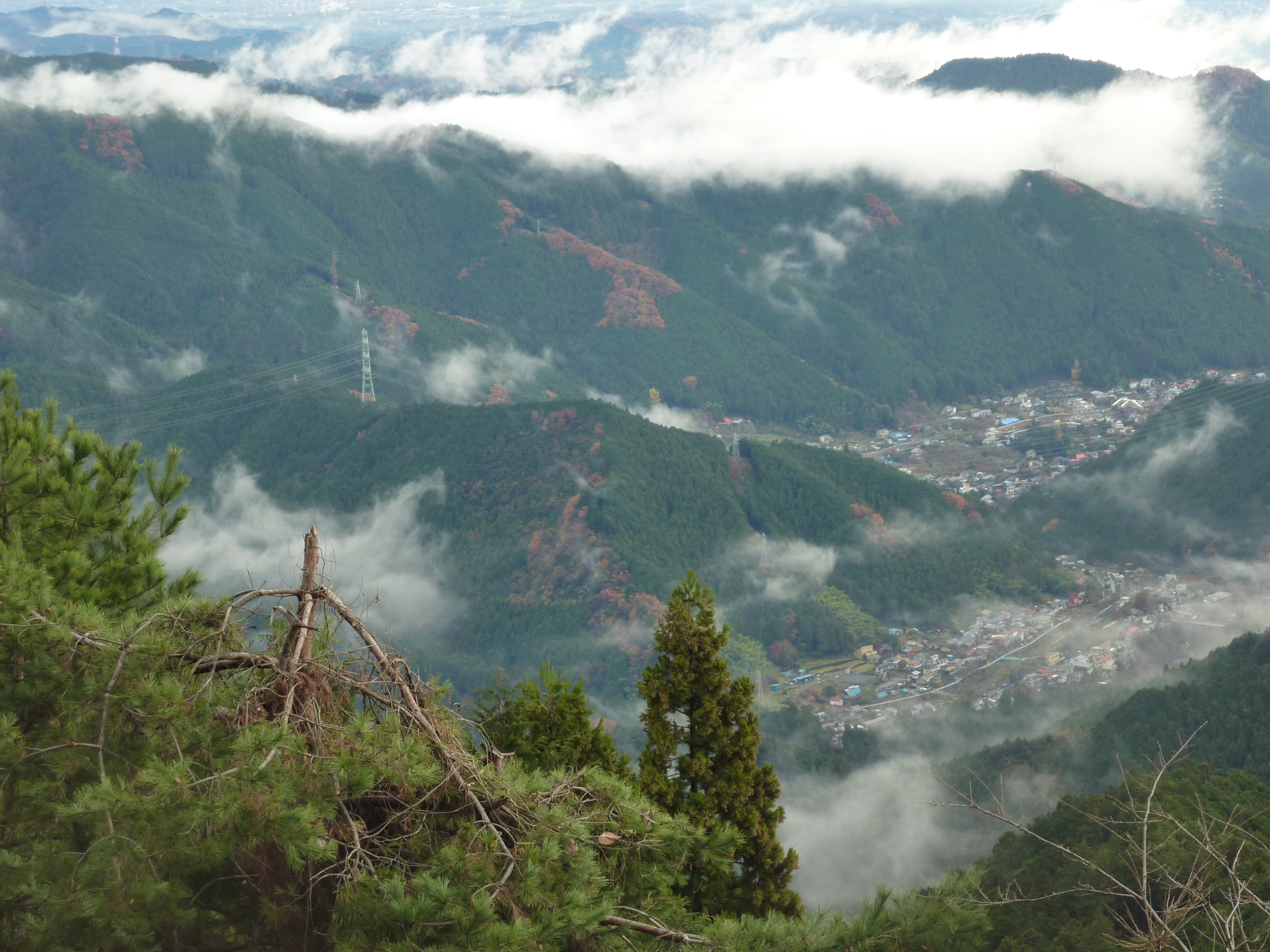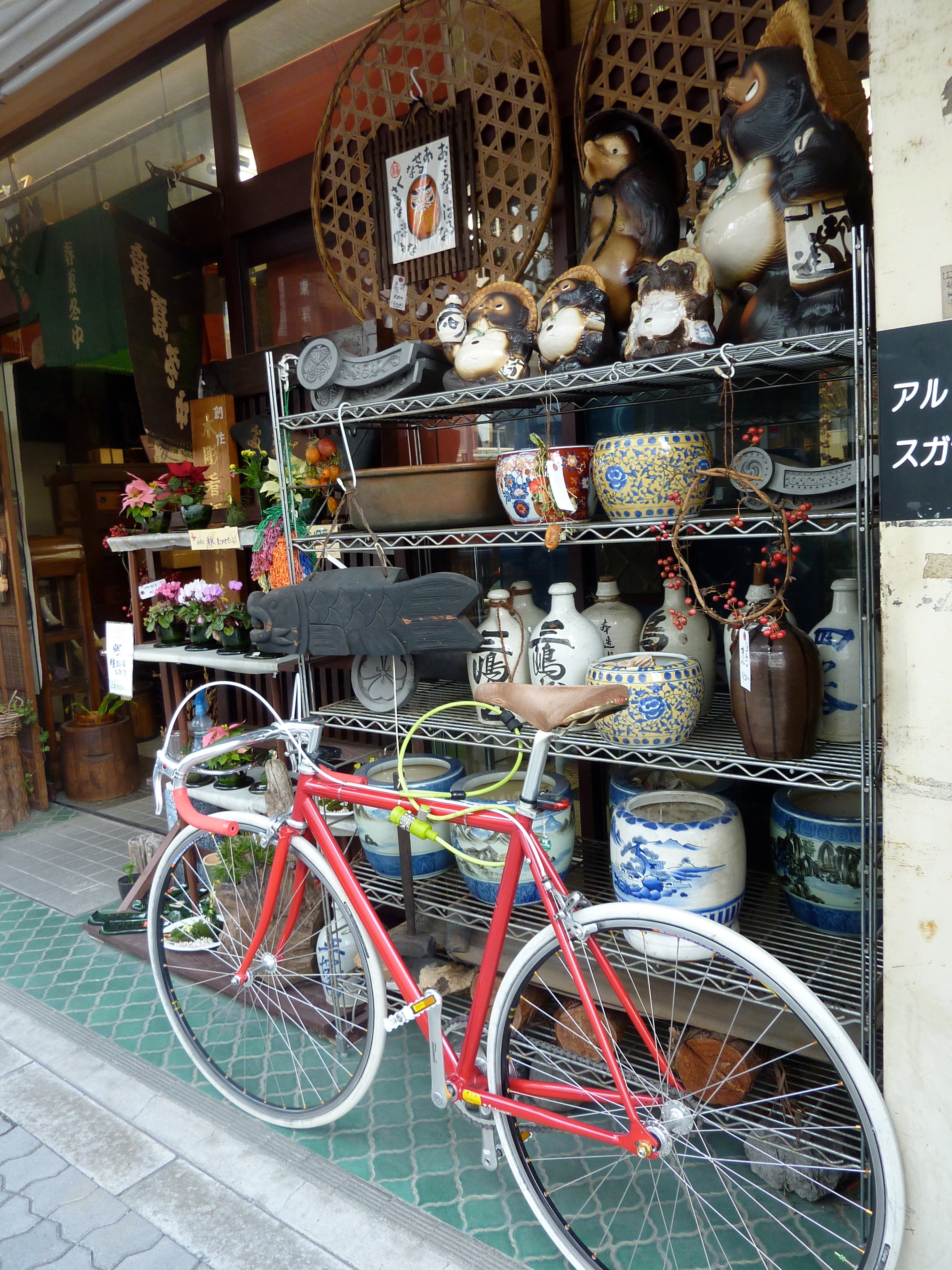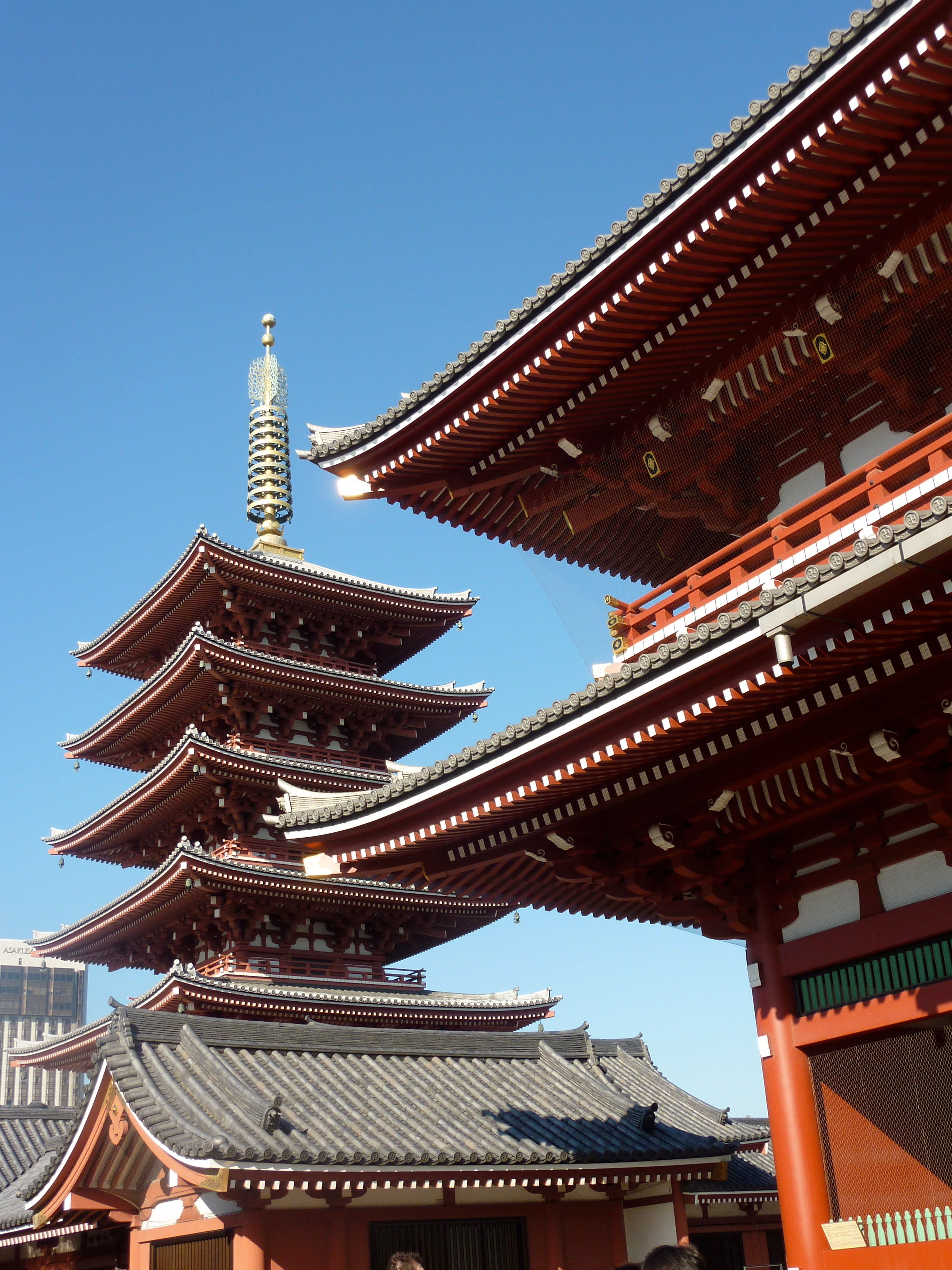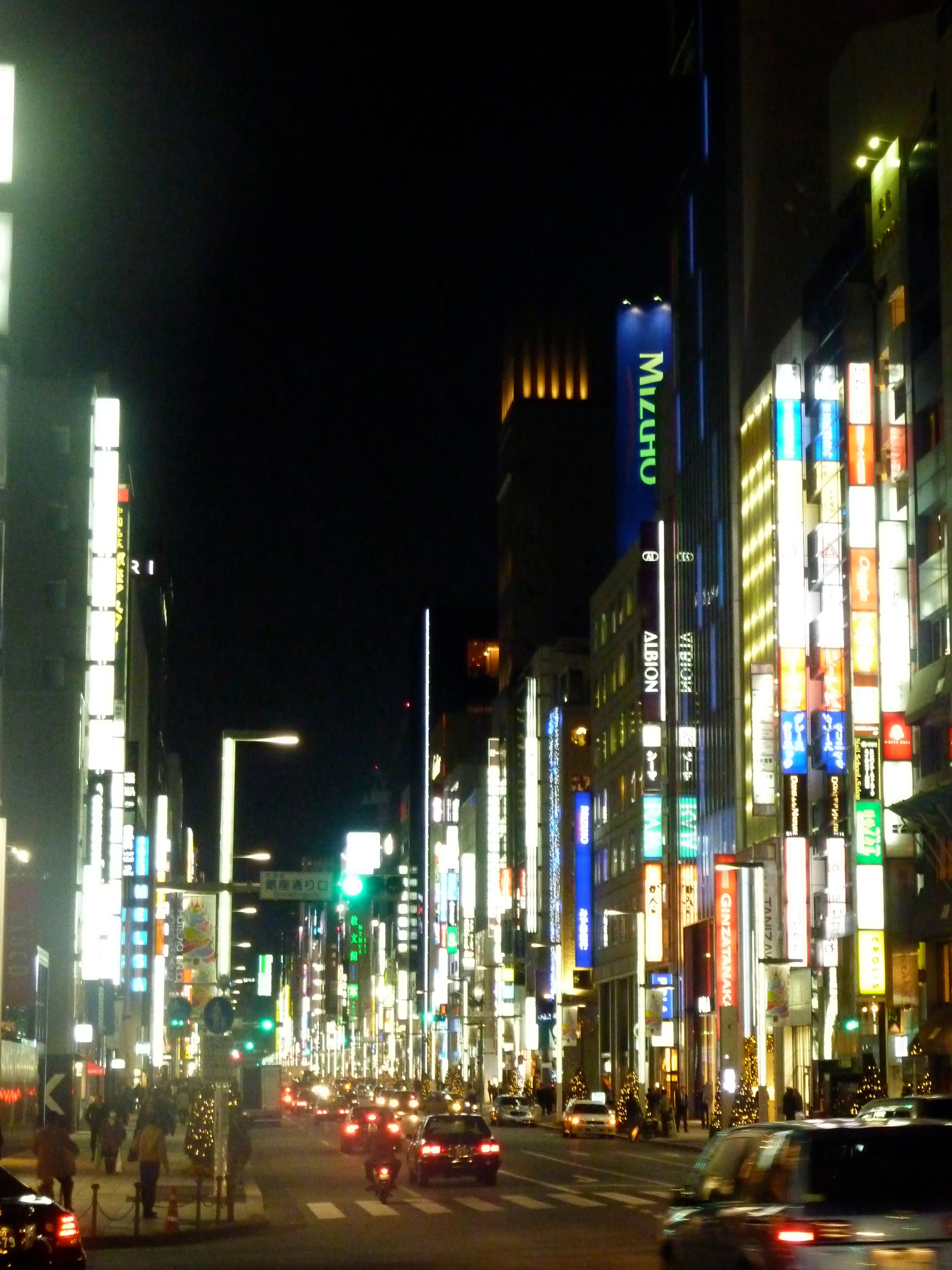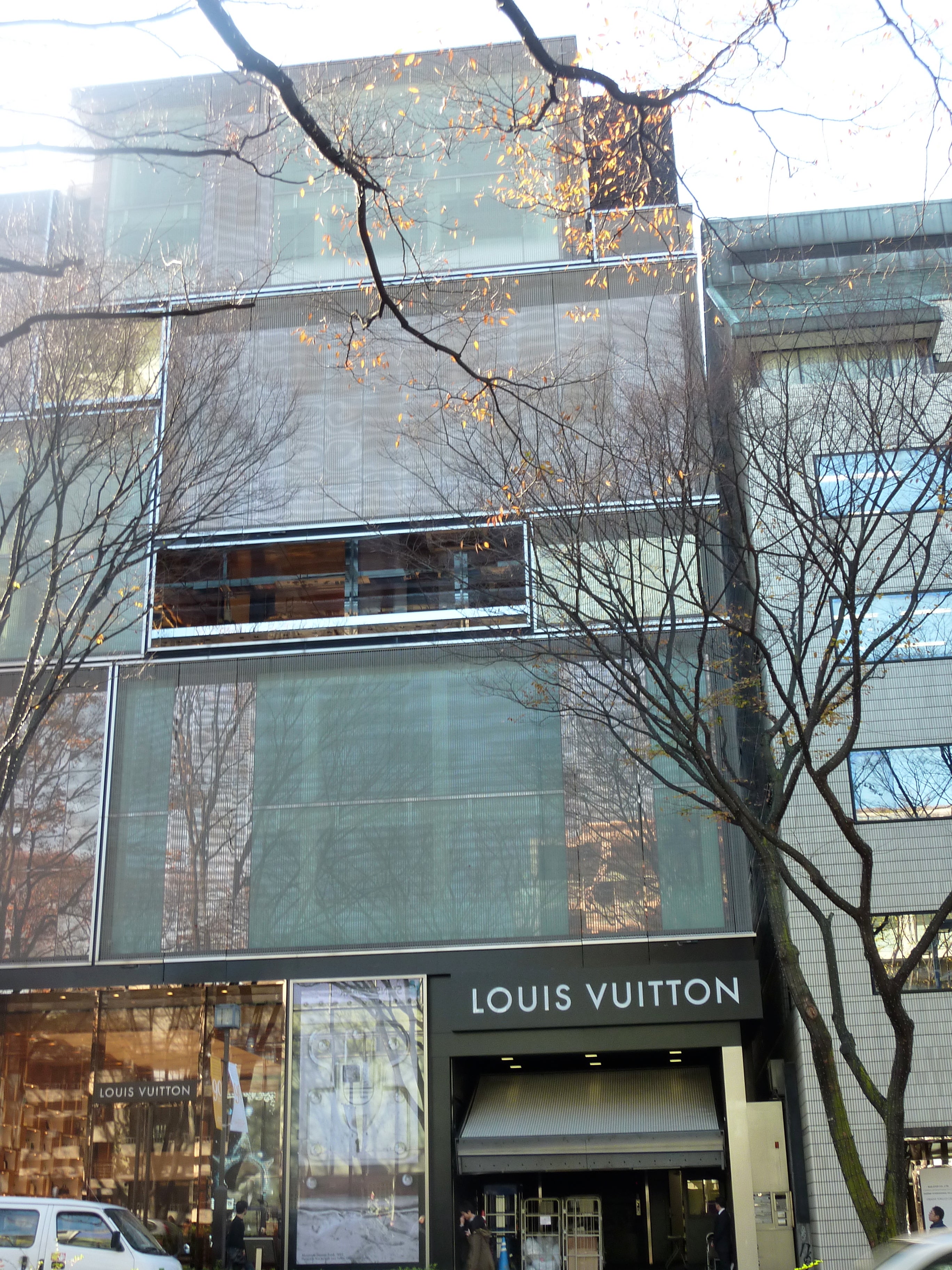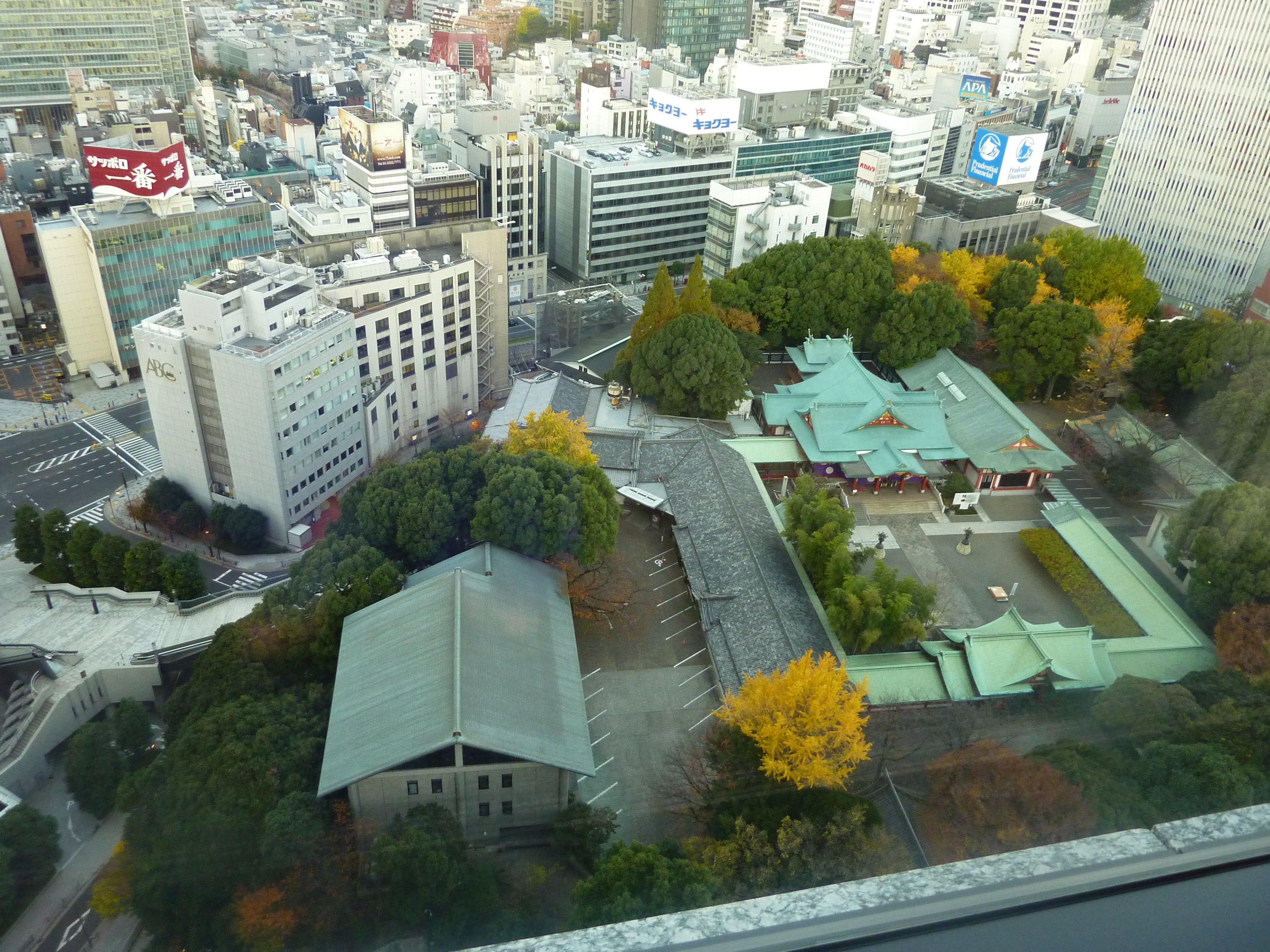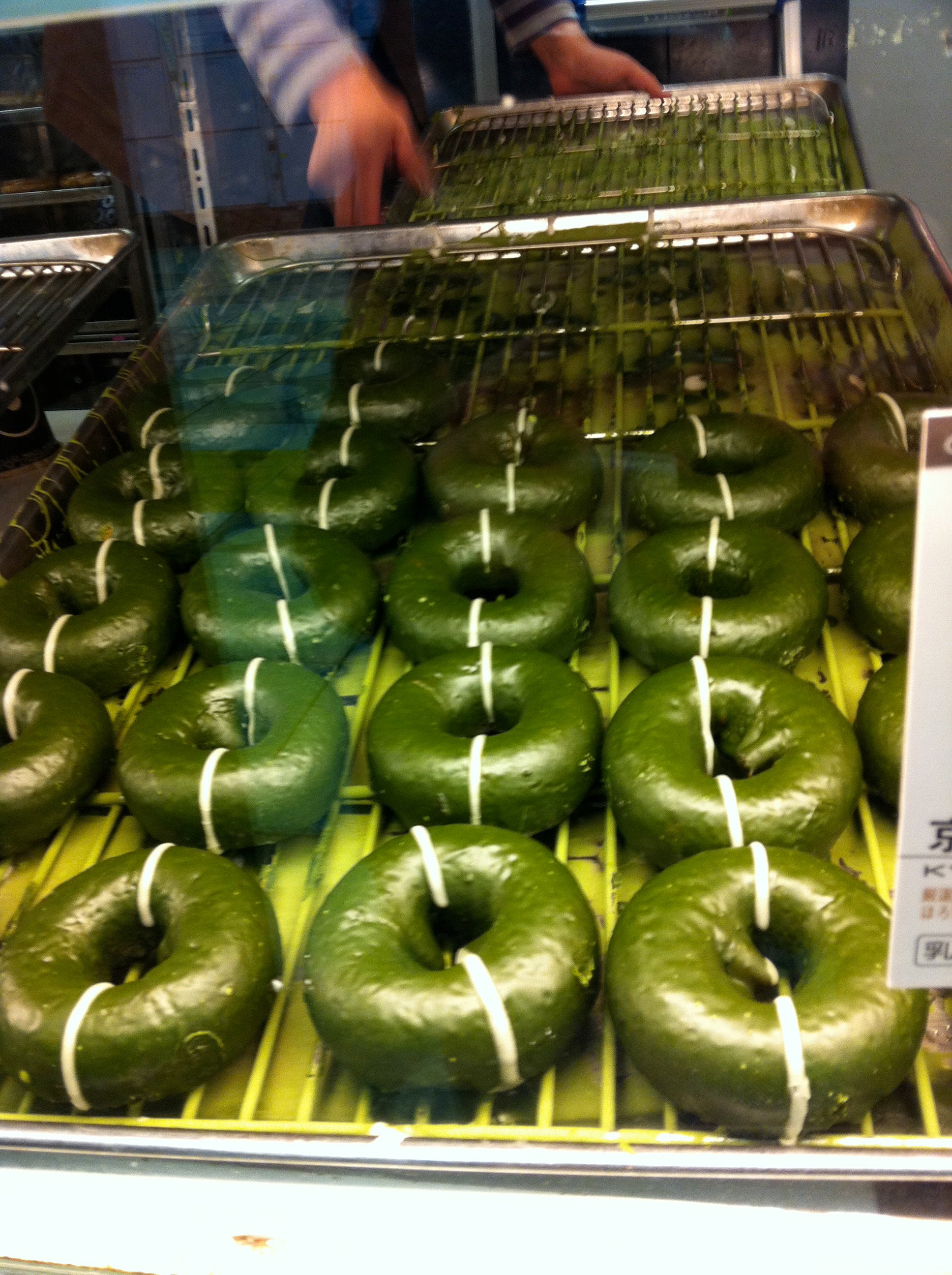How busy can actually work better
Racing to catch an outbound train one morning from Tokyo’s Shinjuku Station, I was struck by how effortlessly this incredibly dense city works. Here it was rush hour, in the busiest train station in the world (some 3 million folks use it every day). A constant stream of commuters pushed through turnstiles and spilled onto the street. Yet not once did anyone bump into me, nor did I witness any of those little dances — you move this way, I’ll step around you — normally so common at such scenes.
That’s because Tokyo knows how to handle crowds. It’s a cliche, but Tokyo pedestrians really do wait for traffic lights to change in their favor — even if no cars are to be seen. And at places like Shibuya Crossing, walkers cluster by the hundreds at a half dozen or so corners, then, in a fascinatingly orchestrated scramble, dash across the intersections as signals turn from red to green. On a Saturday afternoon, the process repeats itself just about every two minutes.
Back at the train station, such tidiness is exemplified by the hordes ascending or descending the steps in train stations. There’s never a jam-up at the base of a packed stairwell because each half is marked with either an “up” or “down” arrow, and people generally stick to the script. There’s never a rush to get inside of a crowded train car either, because everyone’s lined up beforehand, poised precisely at the marked spots where the doors will open.
Because there are such guideposts, citizens happily follow them.
The notion of accidentally crossing the Ben Franklin Bridge or having a hard time finding the entrance to I-95 would be unthinkable in Tokyo. Even in a place like Shinjuku Station, with almost 200 exits, it’s hard to get lost. Provided, of course, you keep your eyes on those guideposts, and get good directions. When someone outlines a subway route, they always include specifics on which exits, stairwells, and even doors you should take.
Philadelphia, with its lingering distrust of density and preference for the car over public transportation, has lessons to learn from Tokyo’s well-ordered beehive. One of the most densely populated cities in the world, with an incredibly complex infrastructure of stacked highways, bridges, manmade islands, and a tangled noodle bowl of subway systems, the city is largely crime-free, grime-free, organized and efficient. More than any other city, it offers evidence that density isn’t to be feared, just managed.
Tokyo’s train stations, for example, function as central gathering spots not just utilitarian waystations. Each of Tokyo’s 23 special wards is served by at least one huge train depot that operates as a nexus of shopping and restaurant options, with concourses chockablock with stores, cafes, and services, as well as an attached department store or two. It’s as if 30th Street Station was 10 times larger . . . and repeated again and again.
Riding Japan Rail’s elevated Yamanote line — distinct from the Tokyo Metro subway system — is the classic way to see many of the biggest train stations and, hence, the largest neighborhoods. This circular path offers something like 30 stops, and always make me wish for the return of the simple 76 bus route that stopped at many of Philadelphia’s key sights.
Another feature of just about every major train station — poised at one of the main entrances, as well as at museums, parks, temples and other attractions — is Tokyo’s famous koban, or police box. I’ve used them on several occasions and never been disappointed, even though most police officers have only the most rudimentary command of English.
Armed with an array of incredibly detailed maps and the ever-present desire to help, dozens of these dot the city’s sprawling 240-plus square miles. They’re a fabulous idea that has grabbed the attention of other cities and been emulated all over the world. Although the Philadelphia police department says they prefer to have men on the street, and although Center City District reps offer a similar function, the idea of police boxes seems a great fit in some Center City locales.
The South Street “mini-station” has been running for a few years and I’ve stopped in many times, to report something odd I’ve noticed, to drop off a wallet I’ve found, to help get a lost pedestrian some guidance. A manned sentry booth once stood in Rittenhouse Square, too. Reinstating that and plopping a few more around greater Center City might be a nice start.
The hubs created by train stations lend Tokyo an ever-busy street presence that spills off into a honeycomb of side streets. It’s no surprise, then, that Tokyo excels at retail, with some 30 department stores, a handful of new (disappointingly Western-style) luxury malls, numerous specialty districts, and, of course, countless independent retailers.
That Tokyo, like Manhattan, still has swanky department stores filled to the brim with merchandise and customers, got me thinking: Might these reputed dinosaurs be relevant and necessary, after all? And might it be a good idea for downtown Philadelphia to court them rather than dreary big box retailers?
Instead of specialized chains, Tokyo (again, like Manhattan) also emphasizes the maintenance of specialty retail districts like Akihabara for electronics and Kappabashi for kitchenware. These areas have their roots in post-WWII Tokyo, and while they are shrinking as people go out of business, the losses are nothing compared to those on Philadelphia’s Antique or Fabric rows. It speaks not to the specific industries, I think, but, again, to a preferred style of pedestrian-based shopping.
When it comes to high-end retail, flagship stores on Tokyo’s major streets, Ginza and Omotesando, often serve as showpieces for great architecture. It’s a phenomenon found nowhere else — a result of the go-go 1980s — with elaborate buildings created by folks like Tadao Ando, Jun Aoki, Herzog & de Meuron, Toyo Ito, and Renzo Piano.
It may be a city awash in ferro concrete and overhead wires, but Tokyo is seldom afraid to inject a little glamour and drama into its architectural scene. If anything, it is often too willing to demolish the old in favor of the new, thanks in part to a cultural comfort with the notion of impermanence. And, although Tokyo has been recycling since before the sustainability movement got fully underway — it’s undeniably “green,” too, by the very nature of its muscular urbanity — it’s not a city interested in hand-wringing over a perceived need for more open space, window boxes, or other efforts.
With so many mountains and forests located less than an hour outside of town, Tokyoites have ample opportunity to take a nature break whenever they want. In town, a network of remarkably well-tended urban parks and temple grounds — I’ve never seen trees so thoroughly pruned as here — seems to be enough.
Before and after the working day, it’s common to see salary men and office ladies stop for a quick entreaty at a shrine. By mastering the art of snatching such private moments in tiny private spaces, the citizens of Tokyo have learned to survive in their packed quarters. It’s part of Japan’s overall island culture, I think, that with only water for boundaries, everyone makes an extra effort to get along. That culture is also likely the reason why — again, I’m theorizing here — that in contrast to other crowded Asian nations, the Japanese choose an approach that emphasizes consideration for their fellow man not one that says to get noticed you have to push ahead.
All of this emphasis on smoothness and service, on courtesy and efficiency, on politeness rather than frankness has its downsides. Americans, especially, can find it a bit too much, a bit too paternalistic.
In Tokyo, there’s always someone around to answer your questions, yes, but also to steer you in the direction that they’d like you to go. Walk into a hotel, post office, or office building, and seemingly every two steps someone greets you and gestures that you should move this way not that. Make an ATM withdrawal or cross the street and a chirpy voice beeps confirmation and thanks for your actions. Peek into a shop or restaurant and you’re instantly greeted with choruses of irrashaimase — welcome — that leave you confused about just how to respond, and whom to do it to.
It’s all very benevolent, but the constant sense of being cosseted, of being paid attention to, can be unnerving. Come back home, though, and it’s sorely missed. Philadelphia, like other American cities, could stand to benefit from such an emphasis on civility and hospitality.
Plus, we could use a good ramen shop or two.
Contact JoAnn Greco at www.joanngreco.com
Check out her new online magazine, TheCityTraveler at www.thecitytraveler.com
Previous postcards: Berlin, Atlanta, Kansas City, Paris, Detroit Part 1, Austin, China, San Francisco, Germany, Pittsburgh, New Orleans,New York City, Boston, San Antonio, Minneapolis, Detroit Part 2, Templehof, Chicago, Italy, St. Louis, Houston.
WHYY is your source for fact-based, in-depth journalism and information. As a nonprofit organization, we rely on financial support from readers like you. Please give today.



